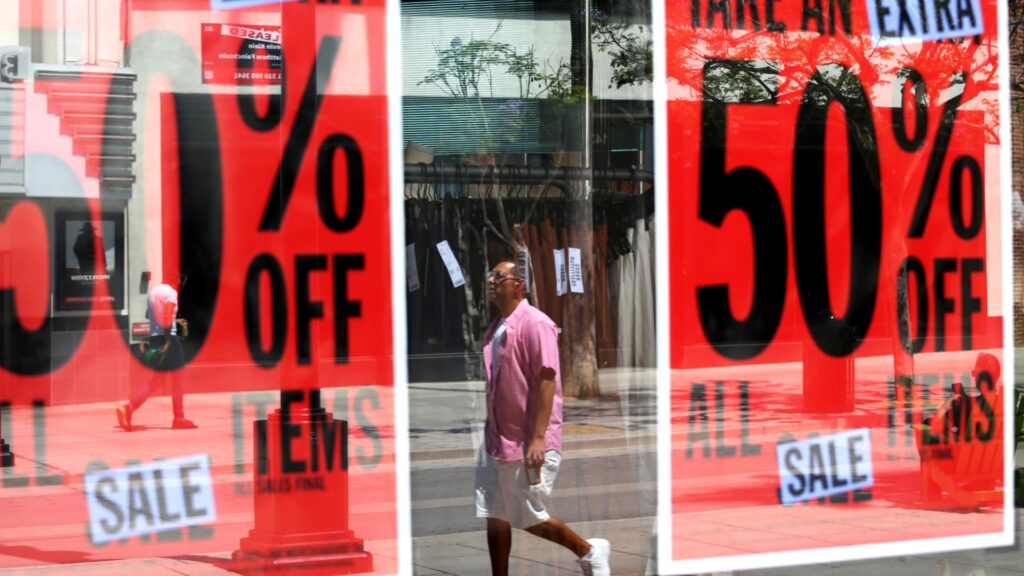
Retailers urge shoppers to buy before Trump tariffs raise prices
Trump Tariffs 2025: Retailers Urge Shoppers to Buy Now Before Price Hikes
Published May 5, 2025
Table of Contents
Retailers are offering pre-tariff sales to encourage consumer spending before potential price increases
Tariff Impact on Retail Industry
The retail industry is facing unprecedented challenges as President Donald Trump’s new trade policies take effect. With tariffs potentially reaching 145% on certain imports, retailers are bracing for significant price increases and supply chain disruptions. This has led to a unique marketing strategy: encouraging consumers to make purchases before the tariffs take full effect.
Key Tariff Changes:
- 145% duty on certain Chinese imports
- Temporary pause on tariffs for most countries
- Potential impact on Vietnam and Cambodia imports
- Uncertainty in supply chain planning
Retailer Response Strategies
Retailers have adopted various strategies to navigate the uncertain trade environment. Some, like Bare Necessities, have launched explicit “pre-tariff sales” with discounts up to 30%. Others, such as luggage company Beis, have taken a more humorous approach while still encouraging immediate purchases.
Retail Marketing Approaches:
- Direct pre-tariff sales and promotions
- Humor-based marketing to diffuse political tension
- Transparent communication about potential price changes
- Strategic inventory management
Changing Consumer Behavior
Consumer spending patterns have already begun to shift in response to the tariff announcements. March spending data showed unexpected strength, particularly in big-ticket items like automobiles, as consumers rushed to make purchases before potential price increases.
Consumer Response Patterns:
- Increased spending on durable goods
- Stockpiling of essential items
- Preference for immediate purchases over waiting
- Heightened price sensitivity
Small Business Challenges
Smaller retailers face particular challenges in adapting to the new trade environment. Without the global supply chain flexibility of larger competitors, they must find innovative ways to maintain profitability while keeping prices competitive.
Small Business Adaptation Strategies:
- Diversifying supply chain sources
- Implementing cost-saving measures
- Building inventory buffers
- Exploring alternative product lines
Future Outlook
As the retail industry navigates these challenging times, experts predict continued uncertainty in consumer spending patterns. The combination of tariff impacts and economic uncertainty has created a complex environment for both retailers and consumers.
The retail sector’s response to Trump’s tariffs demonstrates both the challenges and opportunities presented by changing trade policies. While the immediate focus is on managing price increases and maintaining consumer confidence, the long-term implications for the industry remain to be seen.






